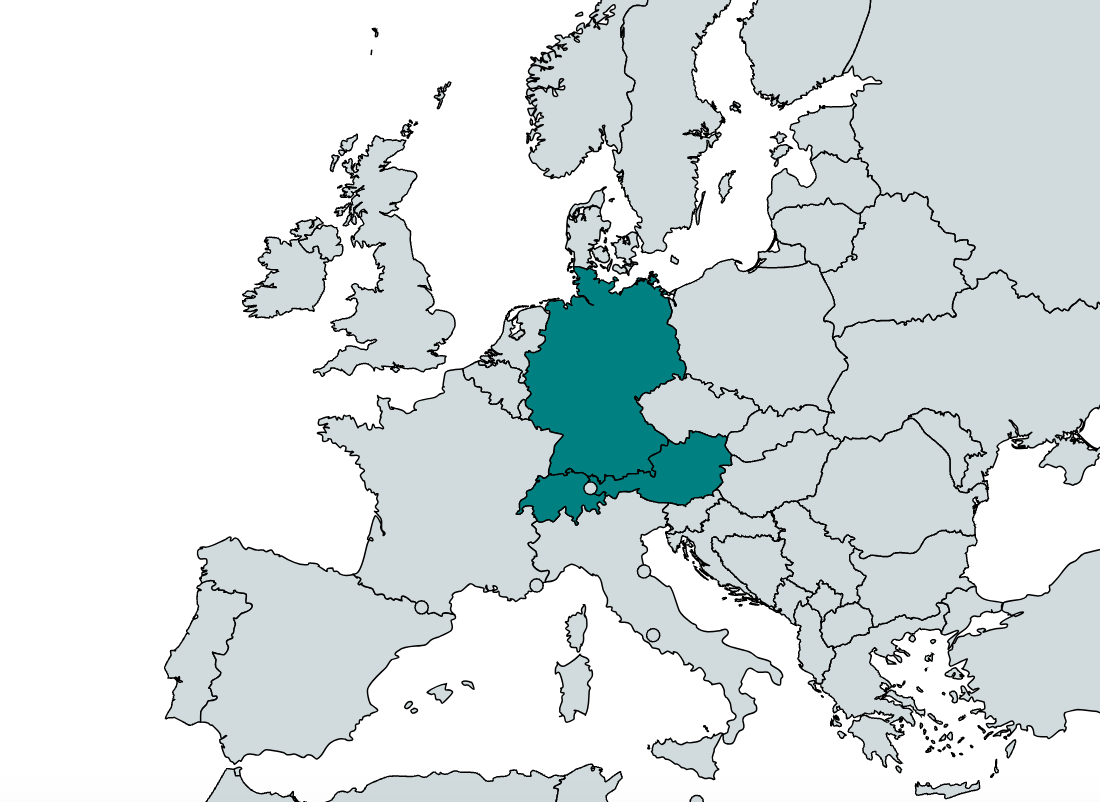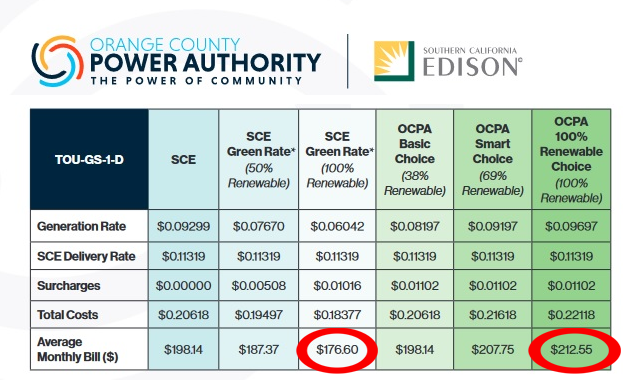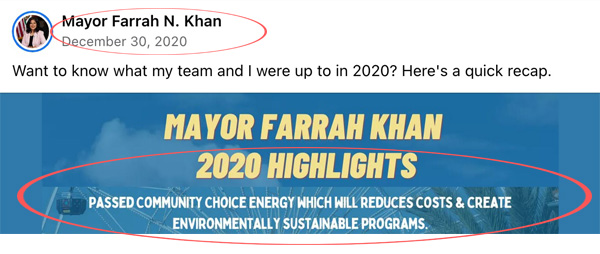In recent years, U.S. politicians have selectively framed European healthcare policies to justify restrictions on transgender care, seizing on a handful of conservative policies to claim that “Europe is pulling back.” The most extreme example, the United Kingdom’s Cass Review, has been wielded to justify a near-total ban on puberty blockers and even cited in U.S. Supreme Court arguments. But new medical guidelines from Germany, Austria, and Switzerland tell a different story. These countries have reaffirmed the importance of gender-affirming care for transgender youth and issued sharp critiques of the Cass Review, calling out its severe methodological flaws and misrepresentations.
The guidelines, released Friday in German, span more than 400 pages and represent the collective expertise of 26 medical and psychotherapeutic professional organizations, along with two self-representation organizations from Germany, Austria, and Switzerland. Their stated goal is "to provide guidance to all professionals in the healthcare system who deal with young transgender and non-binary people for the best possible professionally informed care based on the current state of medical knowledge."
From the outset, the guidelines explain the importance of gender affirming care, stating that there are “no proven effective treatment alternative without body-modifying medical measures for a [person with] permanently persistent gender incongruence.”
Importantly, the guidelines were developed with those who are experts in the fields of gender affirming care having a voice at the table, unlike the Cass Review: “Current guidelines, which are published by medical societies, were predominantly developed by clinical experts for the field of application and are based on an integrated synthesis of the assessment of available evidence and the broadest possible expert consensus.”
The guidelines directly recommend puberty blockers and individualized, prioritized care for transgender youth undergoing physical changes. In the section on puberty blockers, the guidelines state with a strong recommendation: “If, in individual cases, the progressive pubertal maturation development creates a time pressure in which health damage would be expected due to longer waiting times to avert irreversible bodily changes (e.g. male voice change), access to child and adolescent psychiatric or psychotherapeutic clarification and medical treatment options should be granted as quickly as possible.”
The guidelines also deliver a strong critique of the Cass Review, the report currently being used to justify bans on gender-affirming care in the United Kingdom and leveraged in other countries to further restrictions. German medical societies deem the Cass Review largely inapplicable to their own guidelines due to its numerous methodological shortcomings. One of their sharpest criticisms focuses on the lack of transparency regarding those who advised and produced the review, as well as the limited expertise of those involved.
“Medical professional societies were not recognizably involved in the preparation of the report. A so-called “Assurance Group” was appointed, but it was explicitly not involved in the development of recommendations for the Cass Review. There are reports that an “Advisory Board” was also established. The composition and specific contribution of this “Advisory Board” are not documented (Ruuska et al., 2024; Cass, 2024),” read the guidelines.
They also criticize the Cass Review and NHS’s recommendation of “psychotherapy” for gender dysphoria as without evidence and as potentially harmful: “Psychotherapy is recommended for co-incident disorders, for which there is already an indication due to the co-incident disorder itself. However, it is also recommended or the ‘management of [GD] associated distress.’ None of the studies included in the review in question were able to show a reduction in gender dysphoria through psychotherapy.”
The guidelines are not the only critique of the Cass Review, which has faced intense scrutiny since its release. Members of its advisory board have spoken at conferences organized by anti-LGBTQ+ hate groups, raising concerns about bias. Researchers at the Integrity Project at Yale University swiftly debunked the review, and a growing number of international medical organizations have rejected its findings. This mounting criticism has had legal consequences—just last week, a U.S. judge deemed the Cass Review unworthy of consideration in federal court.
The new German, Austrian, and Swiss guidelines mark a significant advancement for transgender healthcare in those countries, reinforcing a growing trend in Europe toward expanding, not restricting, access to gender-affirming care. They join the ranks of nations like Spain and France, which have taken more progressive stances on transgender rights, including medical care. More importantly, they dismantle the false narrative that Europe is "pulling back" on transgender care. In reality, it is the United States that stands as an outlier, with its regressive policies placing it far to the right of much of the Western world.







 We now know those were all flat-out lies. In fact, the City’s own electricity use was transferred over to OCPA this past April, and the City is now spending $100,000 per month more for electricity — paid for with Irvine taxpayer dollars!
We now know those were all flat-out lies. In fact, the City’s own electricity use was transferred over to OCPA this past April, and the City is now spending $100,000 per month more for electricity — paid for with Irvine taxpayer dollars!